Indian spices are great for reducing inflammation, so I encourage everyone to get a few Indian recipes in rotation with your go-to meals. This recipe incorporates Garam masala, a spice blend including cumin, coriander, cardamom, black pepper, cinnamon, cloves and nutmeg. All of these spices offer therapeutic benefits with their delicious flavor. I blend my own from whole spices that I roast and grind, but you can also find Garam masala and other delicious curry blends at the locations named above.
The heat of this recipe is very versatile, so if you have "Minnesota mouth" skip the chili flakes at the end.
Makes 6 servings
Ingredients
- 1 Tbsp ground turmeri
- 1 Tbsp ground cumin
- 2 Tbsp Garam masala
- 2 Tbsp coconut oil
- 1 medium onion, diced
- 4 garlic cloves, pressed
- 2-inch piece of ginger, minced
- 1 cup dried green mung beans, rinsed
- 1 medium sweet potato, diced
- 2 cups cauliflower florets
- 2 cups chopped cabbage
- 5 cups chicken or vegetable stock
- 15-oz can unsweetened coconut milk
- 15-oz can crushed tomatoes
- salt and black pepper, to taste
- red pepper flakes, to taste
- 3 cups cooked brown or black rice
- cilantro leaves, to garnish
Directions
- Heat coconut oil in a large soup pot. Add spices and sauté briefly to release the aromas. Add onions, garlic and ginger and sauté a few minutes.
- Add the mung beans and the rest of the veggies. Stir to disperse the spices and gently sauté these ingredients with the aromatics, about 1 minute.
- Add the stock and coconut milk. Cover and bring to a simmer. Cook until the beans are tender, about 15 minutes.
- Stir in the tomatoes and red pepper flakes, if using. Season with salt and pepper, to taste.
- Serve with rice and cilantro.
| Jesse Haas, CNS, LN is a licensed functional nutritionist and certified health coach. She was a founding partner of Wellness Minneapolis and was an active practitioner with the clinic from 2014-2022. To connect with her regarding functional nutrition and health coaching services, please follow this link. |

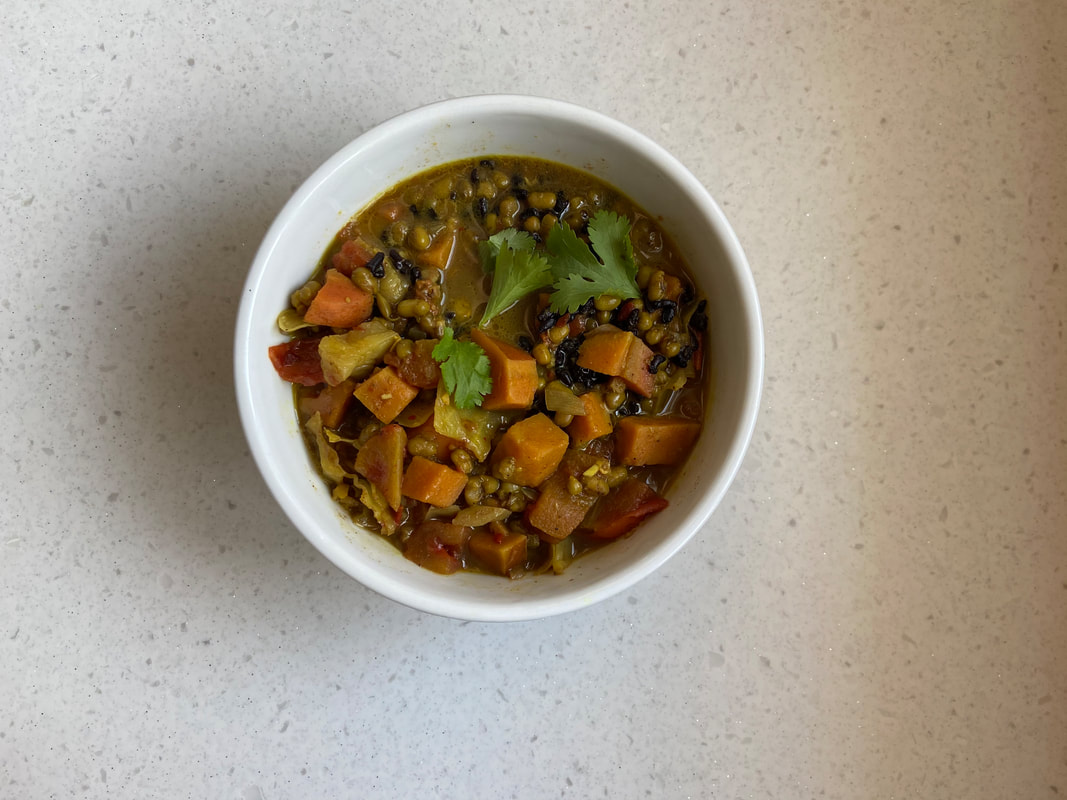

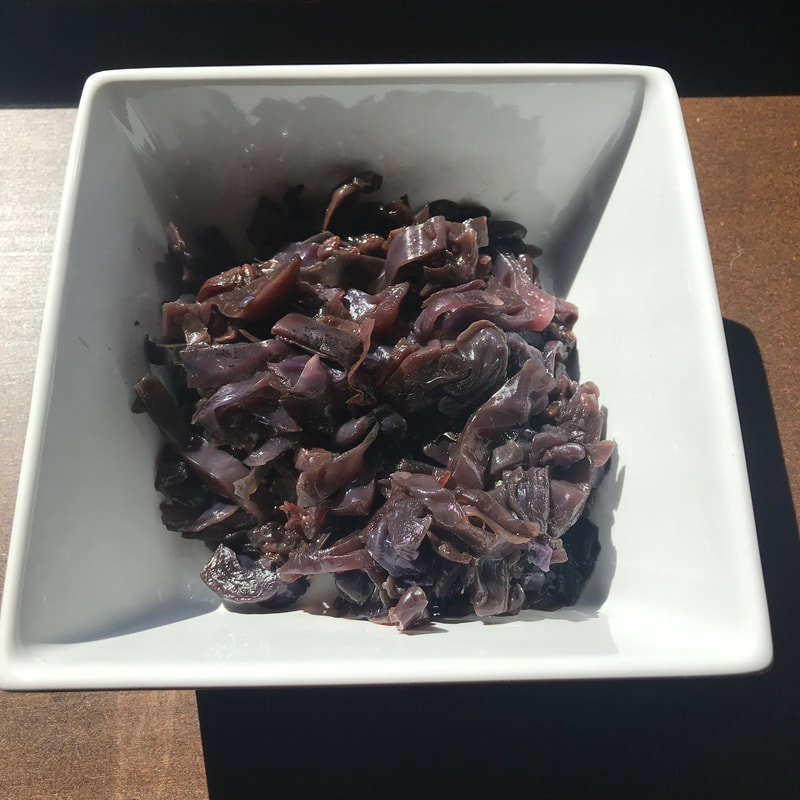
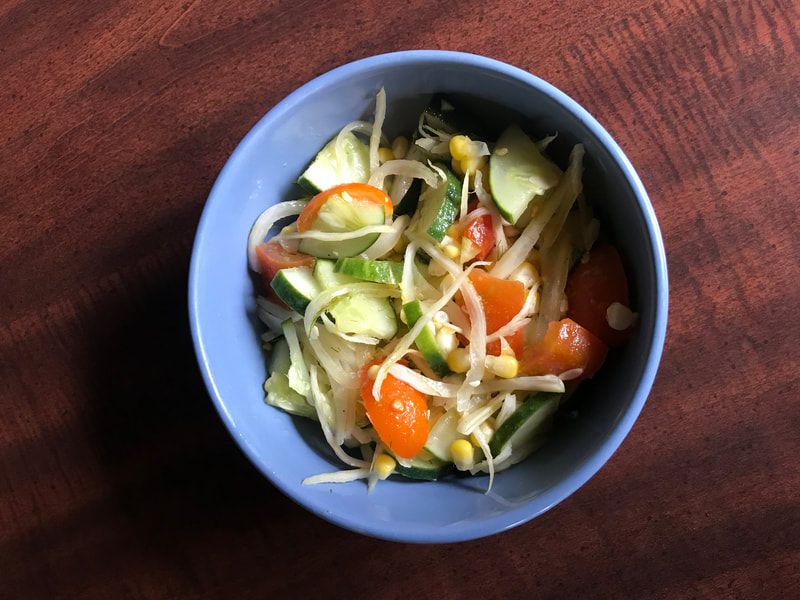
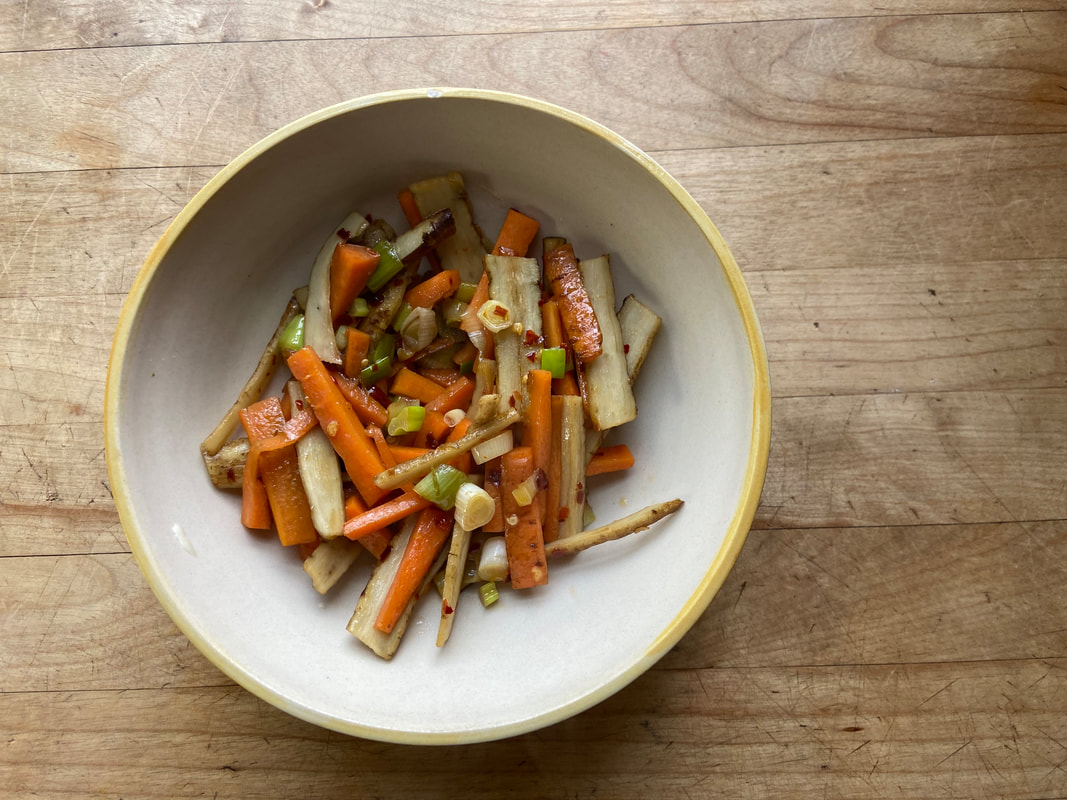

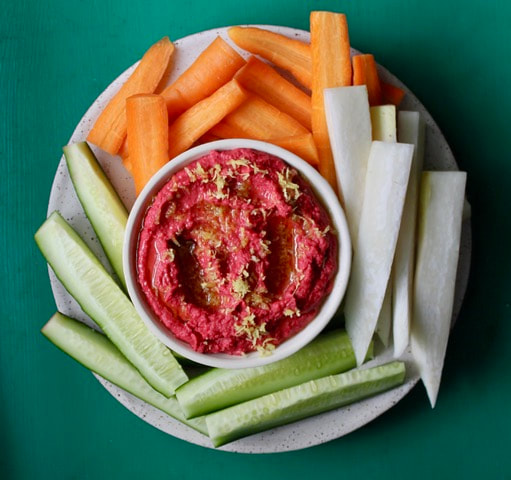
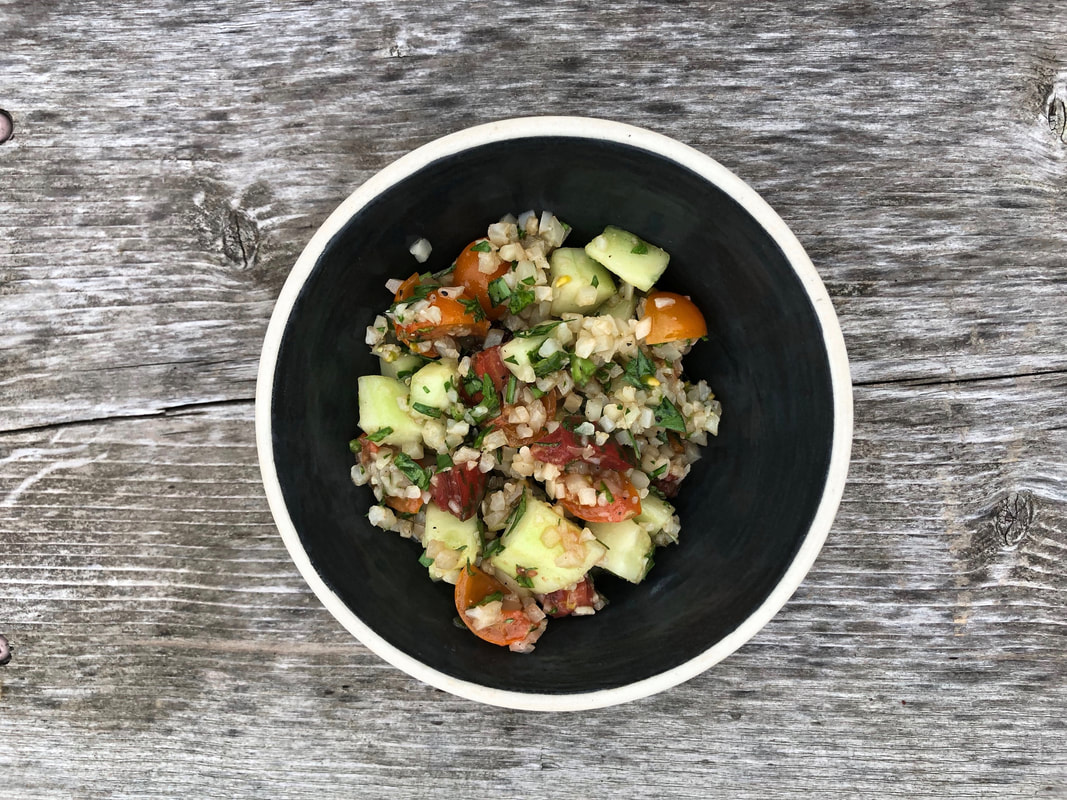

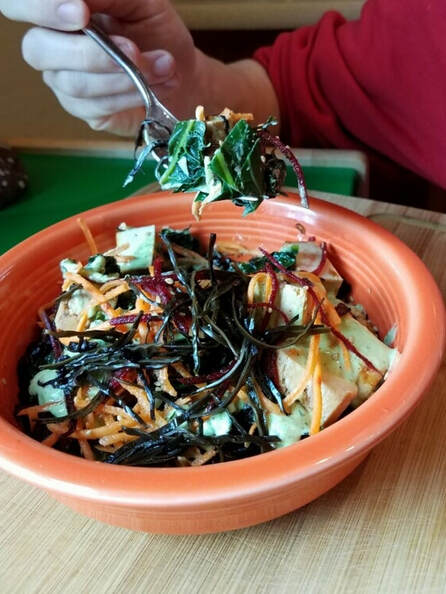
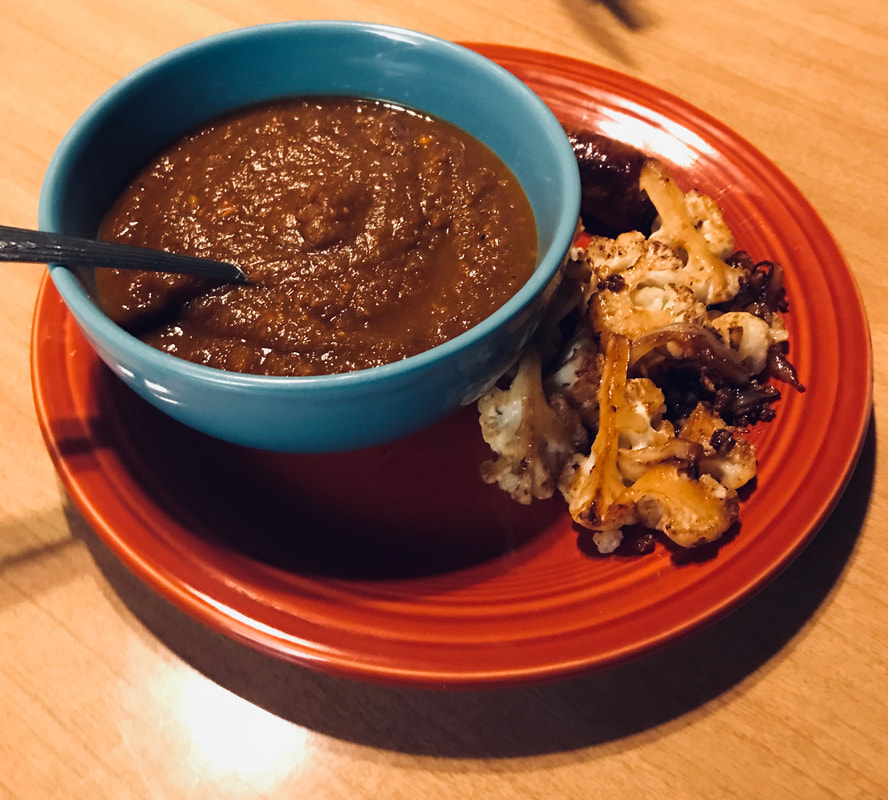
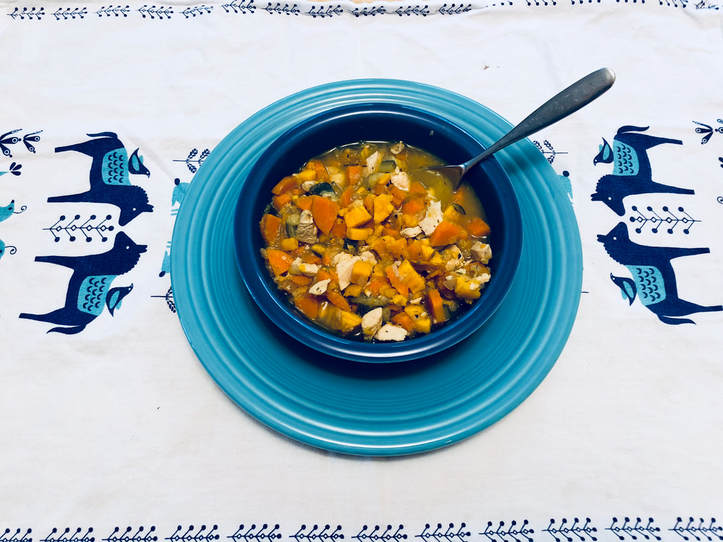
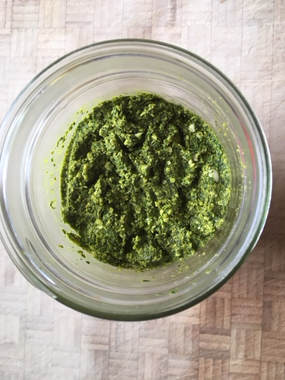
 RSS Feed
RSS Feed